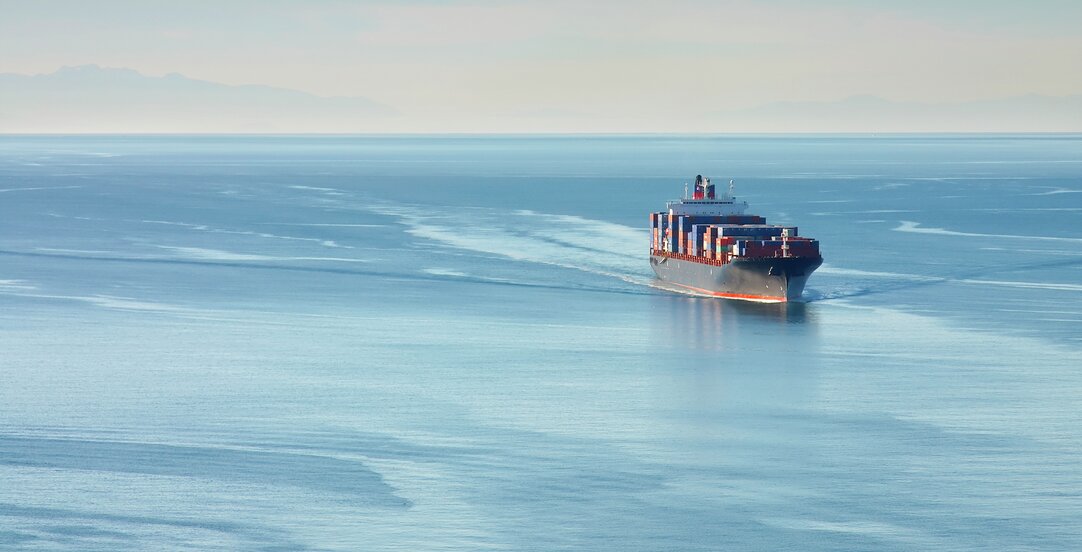Safety first: The position on demurrage

The High Court has clarified when a shipowner may disregard charterers' voyage instructions without interrupting demurrage, in a decision which underlines the obligation on voyage charterers to choose safe ports and safe berths for the vessel to proceed to.
Reading time 6 minutes
The recent High Court decision in CM P-Max III Ltd v Petroleos Del Norte SA (the "Stena Primorsk") [2022] EWHC 2147 (Comm) is a helpful reminder as to when owners may disregard charterers' voyage orders without preventing demurrage from running.
Factual Background
The owners (and claimants) chartered out the vessel "STENA PRIMORSK" on a voyage charter based on the SHELLVOY 6 form. Pursuant to the terms of the charterparty (the "CP"), the charterers had a total allowance of 72 hours of laytime for both loading and discharge.
Cargo was loaded onto the vessel in the port of Bilbao. It was undisputed that this loading process utilised 68 hours and 54 minutes of laytime. The vessel subsequently proceeded towards Paulsboro, the nominated discharge port situated on the Delaware river.
Since the vessel's freshwater draft only exceeded the depth of the discharge berth by 4cm and the tide was expected to vary by 1.6m, the Master applied for a waiver under the vessel's keel clearance insurance policy prior to berthing. The waiver was granted on a one off basis and on the assumption the vessel's draft would be equal to or less than the river's declared safe draft at high tide and that discharge would commence promptly after arrival.
Once the vessel arrived at the discharge berth on 31 March 2019, the Master was informed that discharge could only take place at a reduced rate initially (for 7 to 8 hours). Taking into account the fluctuations in the tide and the rate of discharge, the Master concluded that the vessel would not be able to maintain a sufficient keel clearance and there was a risk that the vessel could touch bottom. The vessel then departed the berth, returning to anchorage only 12 minutes after arrival.
On 1 April 2019, another discharge berth which could facilitate a higher rate of discharge became available. The charterers therefore gave the owners orders to proceed to this berth to complete the discharge of the cargo.
Before proceeding to the newly available berth, the owners applied for another waiver under the insurance policy. The request had no allowances for any kind of delays, berthing, connections or technical failures. The request was declined on the basis that the risk that the vessel could touch bottom was too great. Proceeding to the berth would have constituted a breach of the insurance policy. As a result, the Master did not comply with the charterers' orders.
Eventually, part of the cargo was lightered on 4 April 2019, with the balance being discharged at the discharge berth on 6 April 2019. The whole discharge process described above used an additional 154.63 hours, with the aggregate laytime used for loading and discharge amounting to 226.63 hours. The owners claimed for demurrage amounting to US$ 143,153.64 at the applicable demurrage rate under the CP.
It is also worth highlighting that the CP contained the following clauses which were relevant to the dispute:
Clause 3(1) "Subject to the provisions of this Charter the vessel shall perform her service with utmost despatch and shall [having loaded the vessel] proceed as ordered on signing bills of lading to such berths as Charterers may specify, in any port or ports within Part I clause (E) nominated by Charterers, or so near thereunto as she may safely get and there, always safely afloat, discharge the cargo."
Clause 3(2) – "Owners shall be responsible for and indemnify Charterers for any time, costs, delays or loss including but not limited to use of laytime, demurrage, ….. due to any failure whatsoever to comply fully with Charterers' voyage instructions… . Owners shall adhere to Charterers' voyage instructions as long as such orders are considered safe by the Master of the ship."
Clause 4 – "Charterers shall exercise due diligence to order the vessel only to ports and berths which are safe for the vessel and where the vessel will always be afloat…."
Clause 7 - "… If requested by Charterer, Vessel shall load and/or discharge more than one grade simultaneously if Vessel is technically capable of doing so. Any delay resulting from the failure by Owners to provide such personnel, equipment and facilities shall not count as laytime or, if the vessel is on demurrage, as demurrage."
Clause 13(1)(a) provides that time at the port of discharge will commence to run 6 hours after the NoR has been tendered by the master or Owners' agents to charterers or their agents and or the vessel is securely moored at the specified loading or discharging berth, whichever occurs first. If the owners "fail to obtain free pratique unless this is not customary prior to berthing…..either within the 6 hours after notice of readiness originally tendered or when time would otherwise normally commence under this Charter, then the original notice of readiness shall not be valid".
Clause 14: "Time shall not count when: …..(c) lost as a result of: (i) breach of this Charter by Owners….
Clause 15(2) "… Any delays for which laytime/demurrage consequences are not specifically allocated in this or any other clause of this Charter and which are beyond the reasonable control of Owner or Charterer shall count as laytime or, if Vessel is on demurrage, as time on demurrage. If demurrage is incurred, on account of such delays, it shall be paid at half the Demurrage Rate."
The CP also contained a warranty confirming that the information set out in the Q88 questionnaire appended to the CP is "an integral part" of the CP. The questionnaire contained a detailed list of information on the vessel that the charterers would require to utilise the vessel safely (including the vessel's draft, her insurers and the owners' guidelines for keel clearance).
Issues
The dispute centred around whether laytime continued to run after:
- the initial departure from the discharge berth on 31 March 2019; and
- the owners' refusal to comply with the charterers' orders the following day to proceed to the alternate discharge berth.
Given the factual matrix, Owners' claim was for demurrage and lighterage costs, rather than for damages for breach of the safe port warranty.
Charterers in turn counterclaimed for lighterage costs.
Judgment
Experts from both sides were in agreement that the original departure from the berth on 31 March 2019 was a reasonable decision made on safety grounds.
It followed that this action was reasonable and did not put the owners in breach of the CP. Time therefore continued to run after the departure from the first berth.
With respect to the Masters' decision not to proceed to the second discharge berth on 1 April 2019, during the discussion of the legal position, his Honour Judge Bird highlighted the following with respect to the terms of the CP:
- the obligation to proceed with "utmost dispatch" was qualified by the requirement for the vessel to remain safely afloat;
- the obligation of the owners to comply with the charterers' voyage instructions was also not an absolute one;
- the Master had a right not to comply with voyage orders that he did not consider to be safe;
- there was an obligation on the charterers to exercise "due diligence" in choosing ports and berths to ensure that they would be "safe for the vessel" to proceed to; and
- it was "apt" to refer to the Q88 questionnaire as an integral part of the CP which could not be ignored.
The discussion also referred to The "Fontevivo" [1975] 1 Lloyd's Rep. 339, which established that in order for demurrage to stop, a charterer must establish that the owner be at "fault". In that case, demurrage stopped running where the owner's decision to move off the berth was not reasonable necessary.
In light of the above, Owners were entitled to rely on the keel clearance policy as justification for refusing to comply with the charterers' orders to proceed to the second discharge berth. The owners' actions were deemed to be in compliance with clause 3(1) of the CP.
As a result, laytime continued to run for the purposes of demurrage.
It also followed that Charterers' counterclaim for lighterage costs failed.
Conclusion
This Judgement is helpful authority that:
- the Master can refuse to comply with voyage instructions where they give rise to reasonable safety concerns; and
- laytime will continue to run unless the charterers can establish that there has been a "fault" in non-compliance with their instructions.
